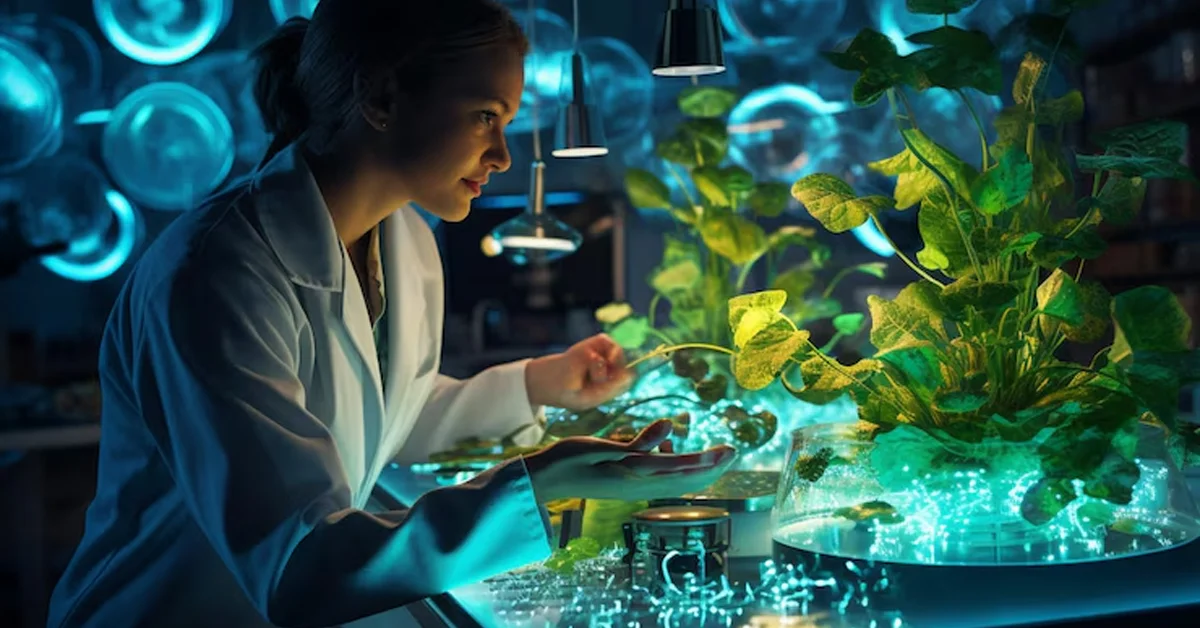Biohacking has gone from being a niche phenomenon to becoming a true philosophy of life for thousands of people around the world.
With a growing interest in human capabilities and the acceleration of technological advances, this movement explores the possibility of optimizing your body and mind based on data, experimentation, and lifestyle modification.
The goal is to become a healthier, more efficient, and a longer-living version of yourself using the tools that science puts at your disposal.
What Is Biohacking?
In general terms, biohacking can be defined as a set of practices with which you can “hack” your biology in order to achieve a series of goals, such as:
- Increasing your concentration and memory.
- Getting better rest and optimizing your sleep cycles.
- Extending your life and avoiding disease.
- Accelerating muscle recovery after physical exertion.
In this example, they could affect things like diet, supplements, meditation styles, breathing exercises, or a more progressive process that would involve using medical technology, highly personalized supplementation, or genetic modification.
On the more technological side of the spectrum, there are “biohackers” who can use connected devices to acquire very specific metrics about aspects of their health and lifestyle.
Technology and Self-Knowledge: The Essence of Biohacking
One of the main tenets of biohacking is the expectation that data-based self-knowledge could lead to transformative behaviors. Working through the meaning of the data helps you personalize choices that suit you well.
This view diverges from the conventional mode of treating an illness to a form of experimentation, to see what you can give or take away based on personal taste and some logical scientific evidence.
The key concept here is that while one item may be “healing” or “nurturing” for person A, it could – or could not – produce the same results for person B. The diagnostic question of “is this helpful in some way?” for person A is all that is generally required to make the personal connection towards utilizing that data.
So, if you are using devices or apps that allow you to monitor either your physical or mental performance, consider what is helpful and how it personally relates to your performance.
This is your first step to embedding new routines, diets, and habits that meet your particular needs. In addition, this approach has allowed us to start questioning health when a definition of health may be primarily a visit to the doctor within a clinical model of health.
For biohackers, each person has the opportunity to take an active role in their own health and longevity by enabling access to helpful data, being self-aware, and, more importantly, accepting that we change from moment to moment.
The Hidden Side: Privacy and Data Protection
As technology facilitates the possibility of improving the human body, a new challenge also arises when it comes to safeguarding personal information. The biometric data, collected by connected devices, represents an extremely sensitive profile.
If you’re already a biohacker, you probably rely on interconnected apps and devices, which you must secure against cyberattacks. Here just a few of the recommendations for this:
- Use strong, unique passwords on each platform.
- Don’t configure synchronization on public Wi-Fi networks.
- Use VPNs that encrypt information, especially on open networks.
- Check app permissions before installing them.
Protecting your privacy not only prevents others from stealing your data, it also limits its manipulation, leaks, or misuse. Furthermore, considering the type of sensitive information that can be exposed through biohacking, it’s even more urgent that you pay attention to your privacy and security settings.
Beyond Boundaries: The Augmented Human
Biohacking examines possibilities that go beyond mere optimization. In its most experimental form, you can toy with the idea of surpassing the limits that nature has imposed on the human body…
The possibilities are multiplying as technology marches forward. From implants that enable you to open doors without the keys to subcutaneous chips that provide real-time data on your body’s physical state.
In this regard, some laboratories are already engaged in creating contact lenses with sensors. These are designed to measure your glucose levels without punctures.
At the same time, neurotechnology companies are developing interfaces between the human brain and electronic devices. Also, the emergence of gene editing is ushering in the possibility of making all these paths available to even the prevention of disease!
With biohacking, you can achieve a remarkable change in health and well-being. By leveraging technology and data, anyone can deeply explore their biology.
However, you must be ethical in your use of tools. At this fascinating intersection of biology and technology, you can begin to take responsibility for your evolution.











